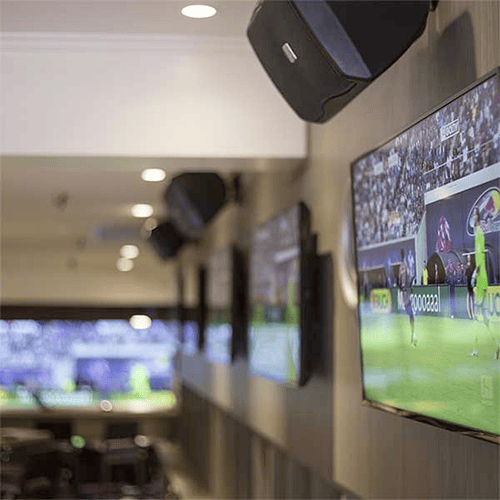Ideal Strategies for Placing Security Cameras to Improve Surveillance Efficacy
Ideal Strategies for Placing Security Cameras to Improve Surveillance Efficacy
Blog Article

Positioning security cameras effectively efficiently is essential for enhancing monitoring in different environments, including homes, commercial properties, as well as public spaces. The primary objective of security systems is to deter criminal activity and offering evidence during case of events. To achieve this, it becomes essential to take into account several elements, including camera location, field of vision, and the particular areas that require oversight. By understanding these factors, individuals as well as organizations can develop a comprehensive monitoring strategy that optimizes the effectiveness of their surveillance systems.
One of the initial steps in placing security systems is to determine key locations that need monitoring. Vulnerable zones, including entrances, exit points, parking areas, and locations with valuable assets, must be prioritized. It is important to take into account blind spots, that are areas that might not be visible from specific angles. By mapping out these key areas, surveillance personnel can guarantee that every nook is observed, minimizing the chances of illegal activity going undetected. Additionally, placing surveillance systems at strategic locations can help create a complete view of the property, allowing for improved total surveillance coverage.
The viewing angle Look At This of a security system remains another important element to consider. Various types of cameras provide varying fields of vision, which can influence how much space gets captured in the video. For instance, broad-view systems can cover bigger spaces, making them perfect for spacious areas, whereas pan-tilt-zoom cameras can be modified to concentrate on specific features. When placing cameras, it becomes essential to select the appropriate type based on the location being observed. This ensures that the system can record clear images and offer important information in the event of an occurrence.
Elevation and angle of installation also play a crucial part in the efficacy of surveillance cameras. Cameras should be mounted at a level that remains out of grasp of potential tampering but also enables for clear visibility of faces and additional recognizable details. A typical suggestion is to mount cameras at least eight to ten ft off the ground. Additionally, the tilt at which the system remains positioned can impact its ability to record crucial information. Cameras should be tilted to reduce reflection and avoid obstructions, ensuring that they can record clear video at any times.
Finally, routine upkeep and improvements to the security camera is crucial for long-term effectiveness. This entails inspecting camera functionality, wiping optics, as well as ensuring that software remains current. Regular assessments of the monitoring plan can help identify any additional areas not visible or locations that might require additional monitoring. By remaining proactive and implementing required adjustments, individuals as well as entities can enhance their monitoring effectiveness and guarantee that their surveillance systems continue to fulfill their designated purpose.